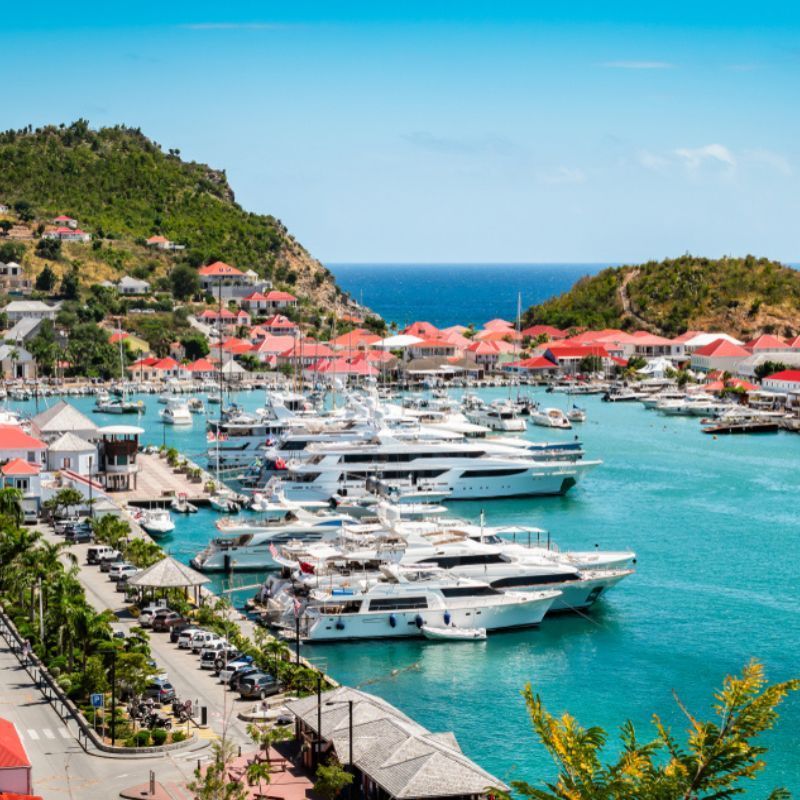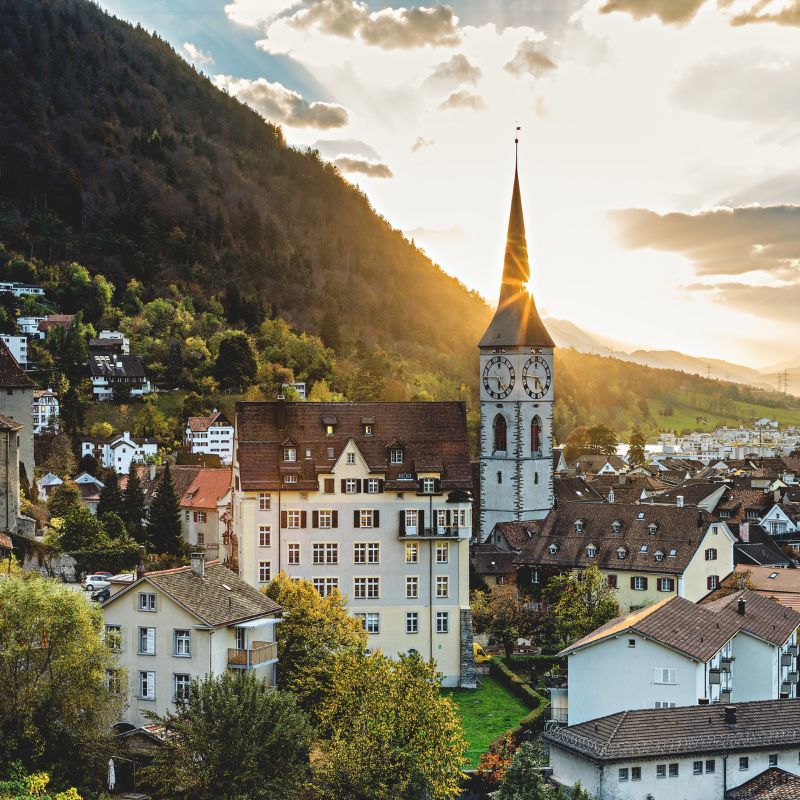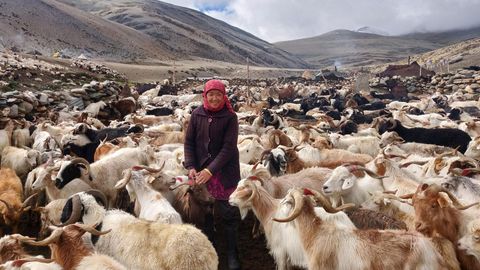
Beating the biting cold and formidable altitudes, Travel + Leisure India & South Asia’s contributor traverses to the Changthang region in Ladakh to trace the journey of the world’s finest pashmina. By Riddhi Doshi
The sheep and goats around me had walked several miles during the day. But they couldn’t sleep. Tired, scared, and cold, some tried to flee inside the only built structure in the village in a desperate attempt to escape the biting rain and hail. We were in the village of Kharnak in Changthang, located in the Tibetan Plateau of Ladakh. Around 5,000 metres above sea level, Kharnak is the summer village of the semi-nomadic Changpa and their yaks, horses, dogs, sheep, and the fluffy goats called Changra that grow the prized Pashmina wool on their bellies.
An Eventful Night
The night was an eventful one. The rain water seeped through the mobile homes of the Changpas, called rebos (hexagonal tents made from thick yak wool), making it difficult for its inhabitants to have a good sleep. “I have been camping here for several years, with and without tourists, but have never seen so much rain and thunderstorm,” said Jiwan Kaur, my travel partner from Mantra Himalaya , a Ladakh-based travel company that creates conscious travel itineraries across the region. We were in Changthang on their Pashmina trail, co-designed by another travel company called The Extra Mile. The itinerary packs in a Cashmere and wool dyeing and weaving workshop, visit to a private textile museum, camping in Changthang along with a trip to the Alchi Monastery and other attractions.
Pashmina at Changthang

For me, Changthang was the most exciting location on the trip, despite my fleeting headaches and nausea courtesy of the high altitude. It is, after all, the land of Ladakh’s ‘soft gold’ as the word pashm literally translates to. Wars were waged between the Sikhs, Mughals, British, and Tibetans for this prized commodity, and even today, it’s one of the finest fabrics in the global textile market.
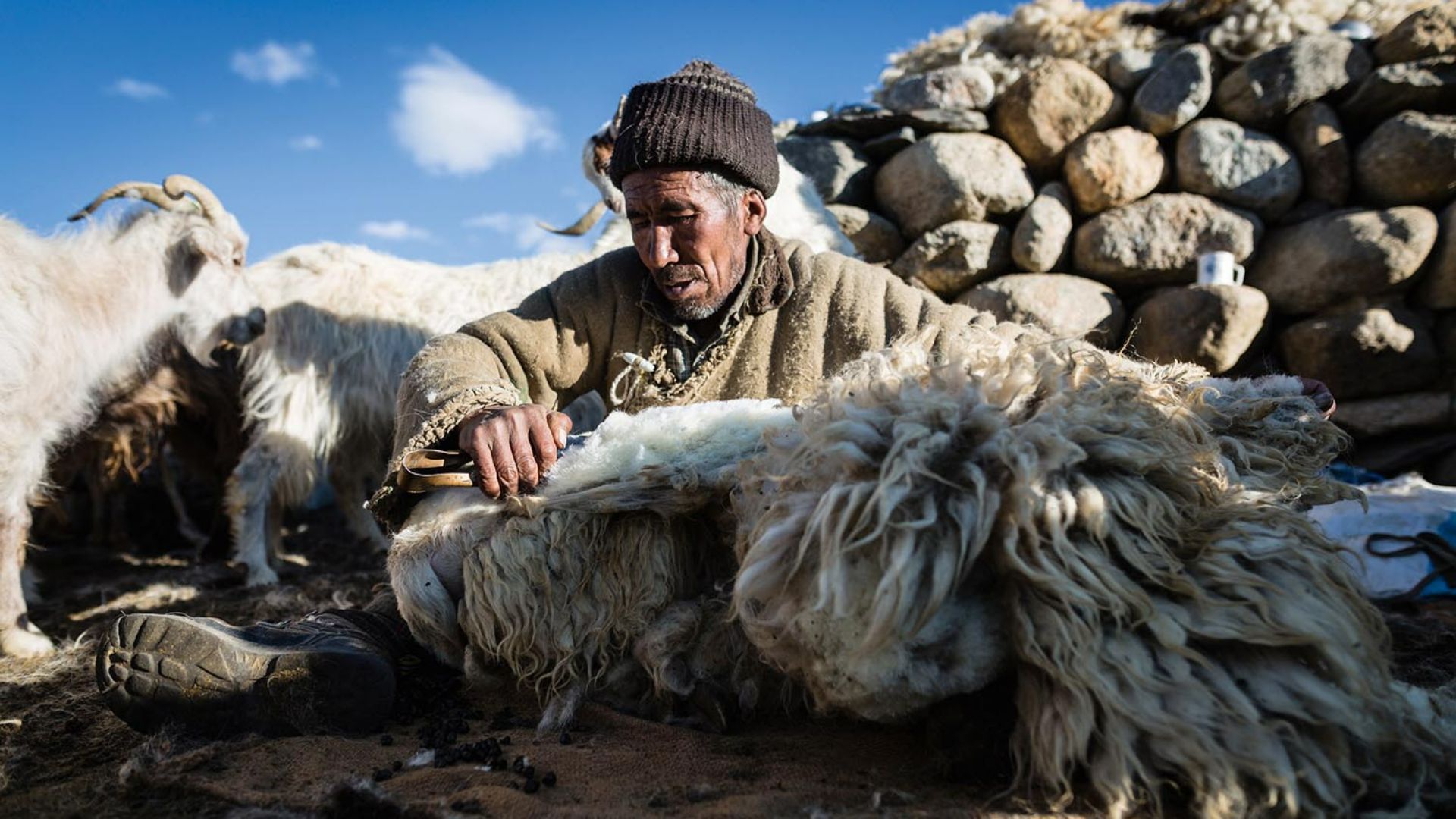
Yet, most Changpas continue to live a simple life. They migrate four times a year in search of green pastures for their livestock, to the valleys of Rupshu, Kharnak, Tso Moriri, and Mudh. They not only hand make their tents, but also weave their rugs from camel and yak hair, and heavy woollen clothes, but not with Pashmina as it’s too delicate to protect them from the -35°C temperature in the winters.
Thankfully, for these warm bunch of people, it stopped raining the next morning, allowing me to finally soak in the excitement of being amongst one of the oldest living semi-nomadic tribes in the world. By 5 am, Kharnak was up and alive.
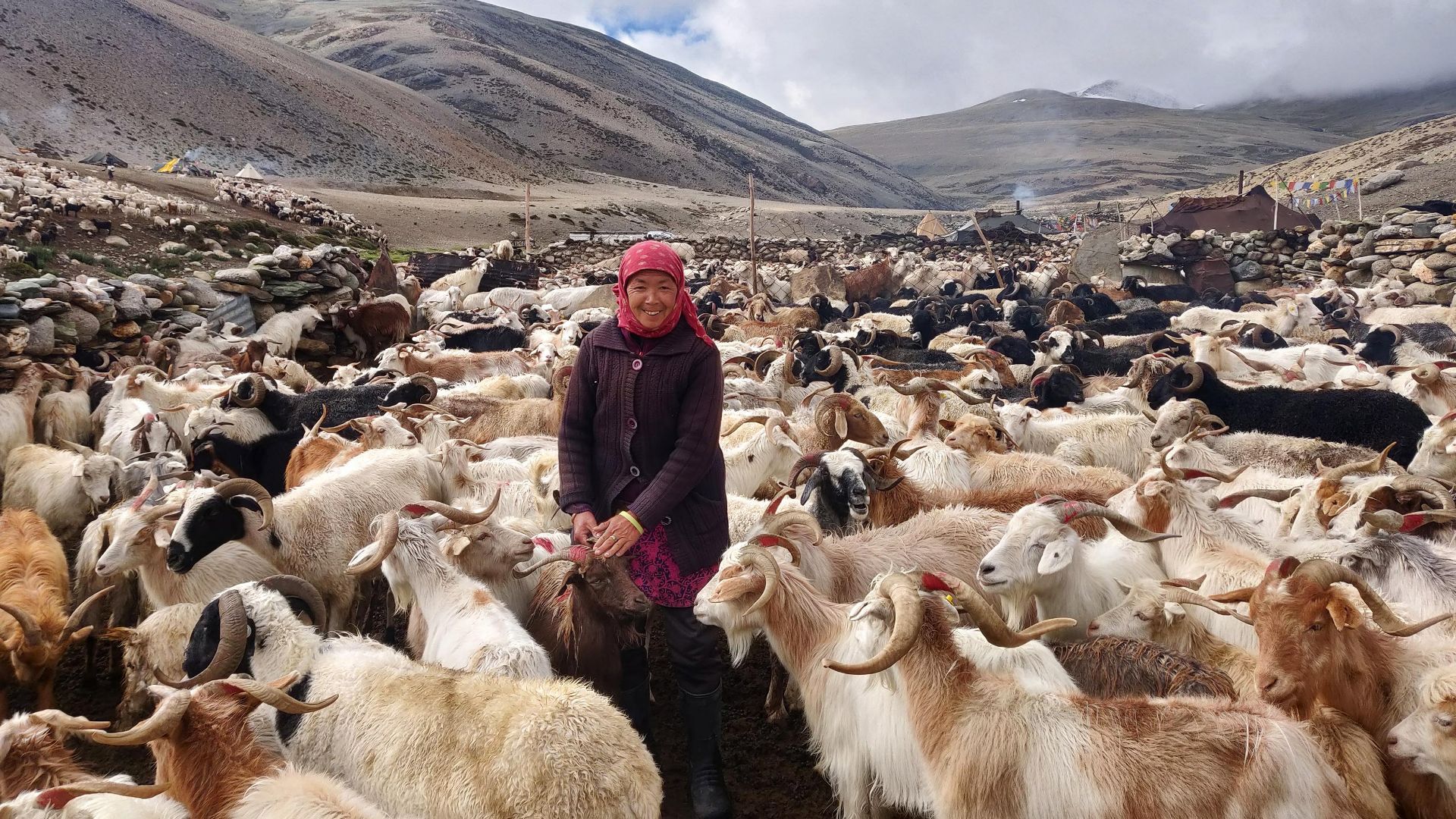
An old lady wrapped in layers of woollen robes masterfully gathered her 300 goats and sheep up the mountains. In another corner, a young woman milked the mother goat while the younger sister held on to the baby goat and pulled two squabbling sheep apart.
Right then, I heard frantic calls from behind me, ‘Madam, madam’. A shepherd was asking me to get out of the way of his excited herd that was sprinting towards me. But before I could react, I was surrounded by hopping goats and sheep that were eager to cross the rivulet and zoom up the mountains. They soon disappeared from my sight. When I looked back, all the pens and rebos were empty, and the village, deserted.
Of Weaving and Textiles

That was our cue to head back to Leh, where I had acclimatised for three days before driving up to Changthang. On day two in Leh, I was at slow-textile label Lena’s small farm and workshop space. Being a textile enthusiast, I was thrilled to learn how to naturally dye and weave Pashmina threads. My teachers and founders of Lena, Sonam Angmo and Stanzin Minglak, were equally enthusiastic.
We first threw in Pashmina and camel wool threads, hand spun by Changpa women, into boiling marigold dye. After soaking it thoroughly, we washed it in a stream flowing across the farm. Similarly, we dyed more threads in red and pink dyes made from wood.
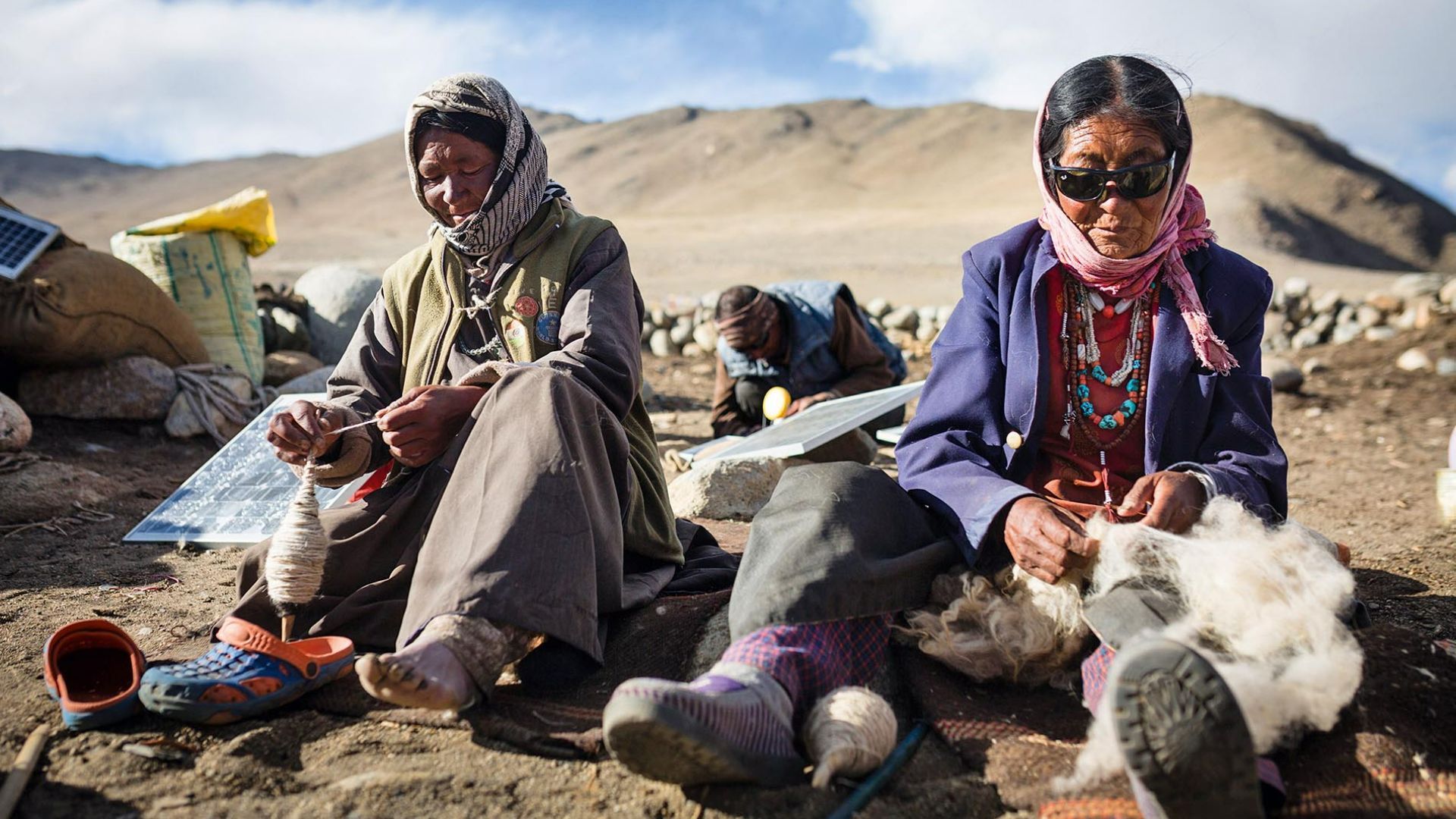
After quick rounds of hot kahwa, we got ready for the most anticipated activity of the workshop, the weaving. While the women artisans at Lena use backstrap looms, a miniature version of the loom–a square wooden frame with strings running parallel–was given to beginners like me.
Soon, I was lost to the music playing in the background and the repeated motion of passing the wooden threaded needle up and down alternative strings of the frame. Weaving, I realised is hard work, but also very soothing and meditative. By the end of the workshop, I had managed to create a multi-colour bookmark with tassels. “People always find it surprising how much they enjoy what they thought was a seemingly boring process,” said Angmo, when she caught me beaming at the bookmark.
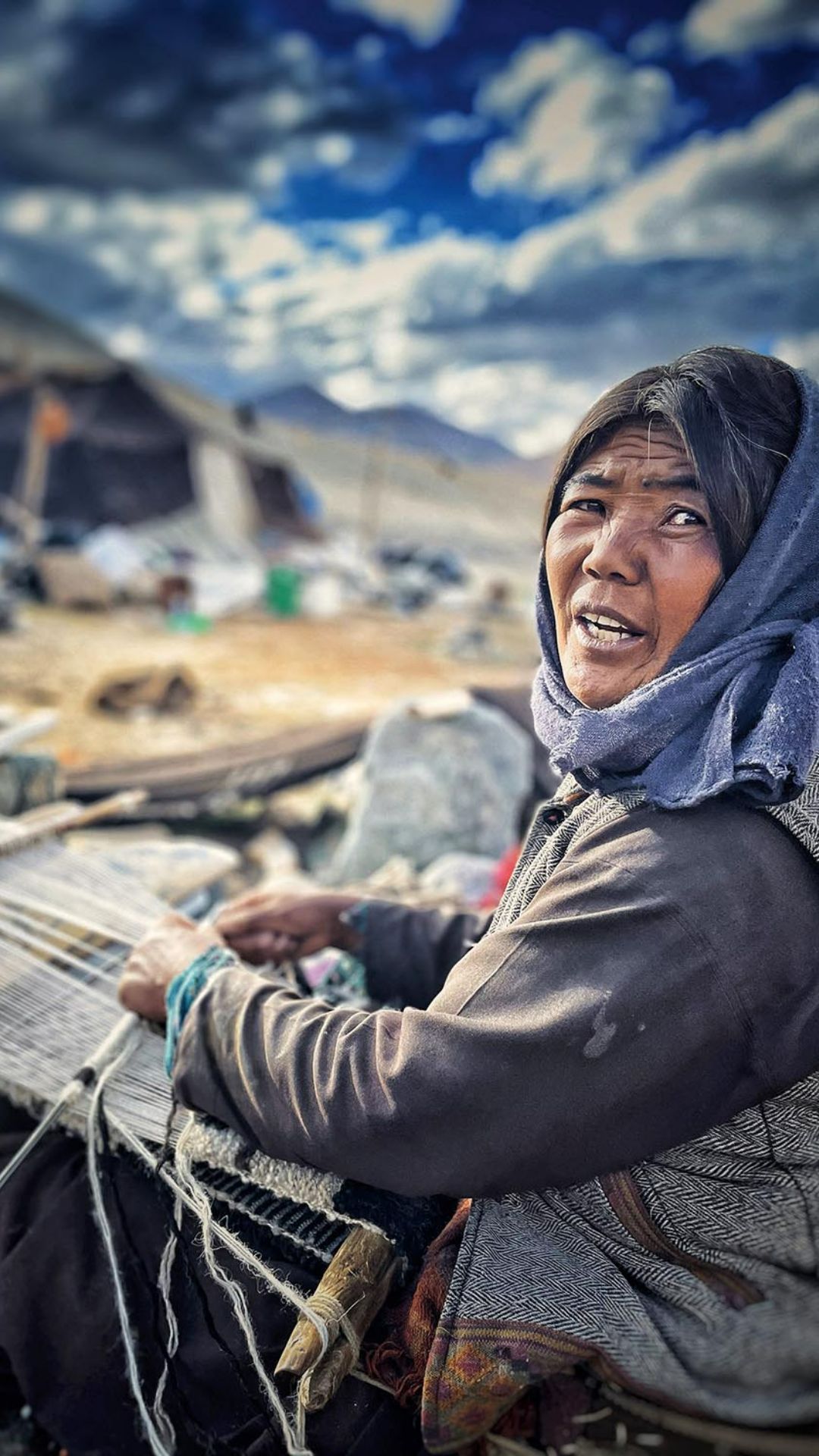
Angmo and Minglak founded their brand in 2016 to revive the traditional skills of hand making textiles while providing sustainable sources of livelihood to women nomads and artisans. The glorious result of this fine skill can be seen at Ladakhi fashion designer duo Jigmat Norbu and Jigmet Wangmo’s private textile museum. Situated in Kharyog or old town Leh, the three-storey museum houses 2,500 artefacts including costumes, textiles, jewellery, utensils, and other accessories dating back to 17th century. It also features some of the designers’ ethical brand Jigmat Couture’s creations.

One of the highlights here is a royal outfit made from hand-spun Dugri silk. The silk came to Leh, a bustling city on the old Silk Road route, from China. The robe has celestial motifs such as the dragons weaved into it, giving the wearer a ‘divine’ status in the olden days. Another treasure is on the outside, an old caravanserai that gave shelter to traders and their livestock. “Until some time ago, we also had the old toll gate of the Silk Road,” said Wangmo. “But it was destroyed by the military as their trucks couldn’t pass through it.”
I was in awe of the sheer volume of unexplored historical and cultural aspects of the region. And this was my modest attempt to record a few before growing militarisation and climate change destroy it.
Getting to Kharnak

Air India, Vistara, and Indigo fly to Leh from major cities in India. The distance from Leh to Kharnak is 100 kilometres and the only way to reach the nomadic village is by road. The local taxis will charge you anywhere between INR 15,000 to INR 30,000, depending on the number of days.
Stays
Leh
The rooms of The Grand Dragon Ladakh overlook the Stok Kangri mountain. The hotel also provides oxygen cylinders on demand to help tourists acclimatise and organises a picnic experience by the river. (Doubles from INR 16,800)
Kharnak
Camping is the best way to spend the night in Kharnak. It’s best to go with a company that has the required equipment and villagers’ permission.
Where to eat
Zagsyath, the Coffee Shop at The Grand Dragon Ladakh has impressive breakfast, lunch, and dinner buffet spreads, starting from chaat items to Ladakhi dishes. Another delightful restaurant is Tsas by Dolkhar that serves modern Ladakhi dishes.
Related: Why We Love India: How Fish Inspired The City Of Lucknow




